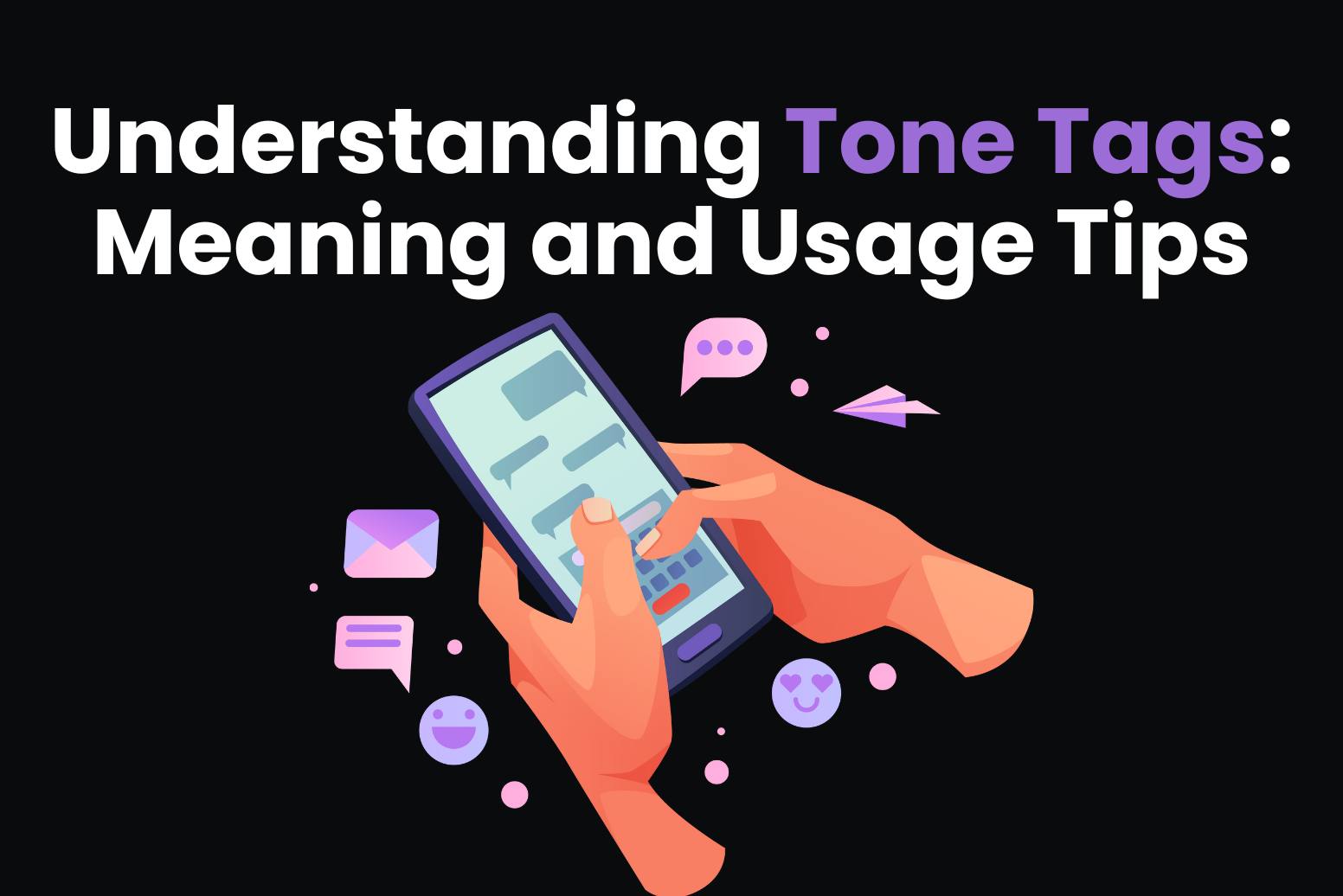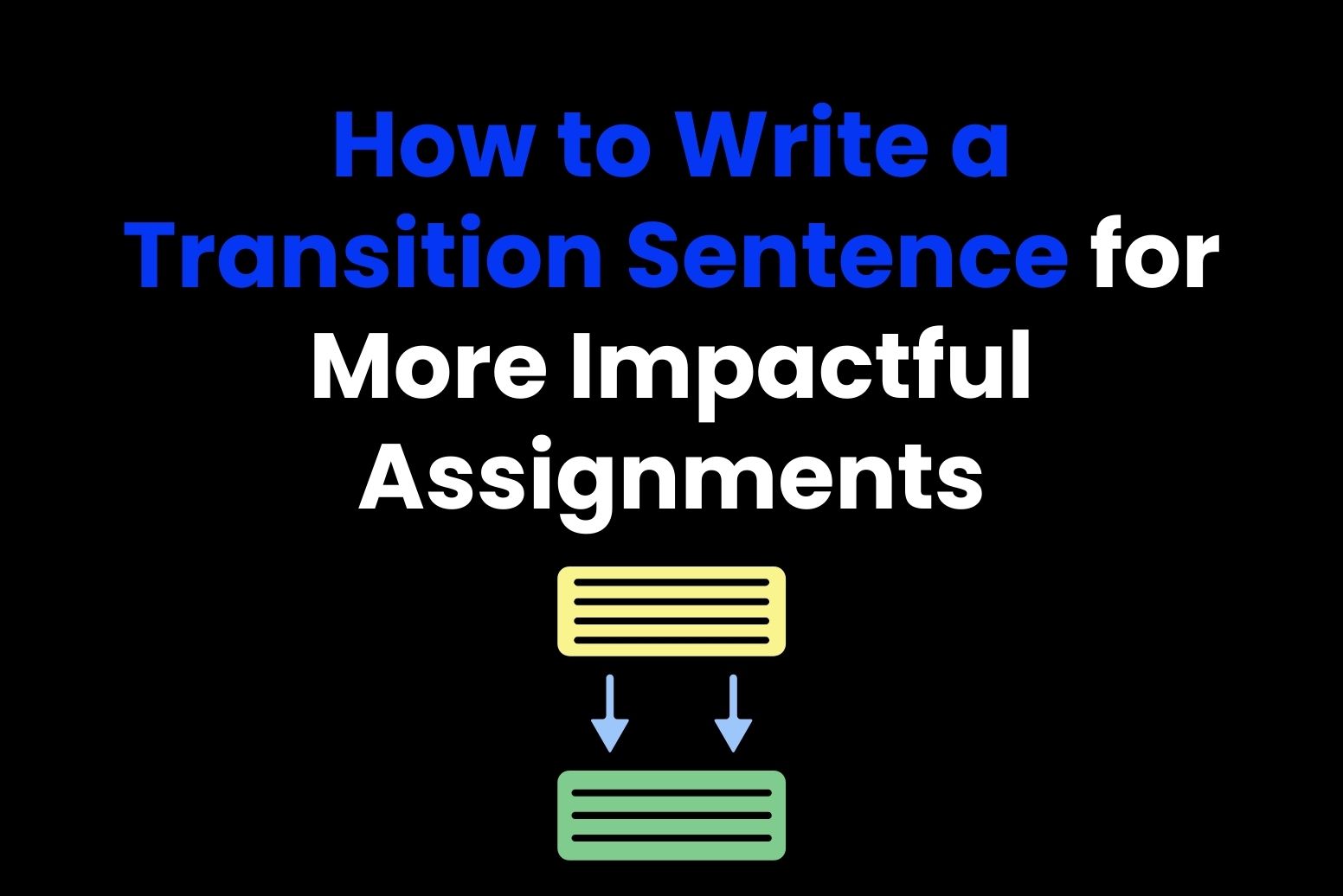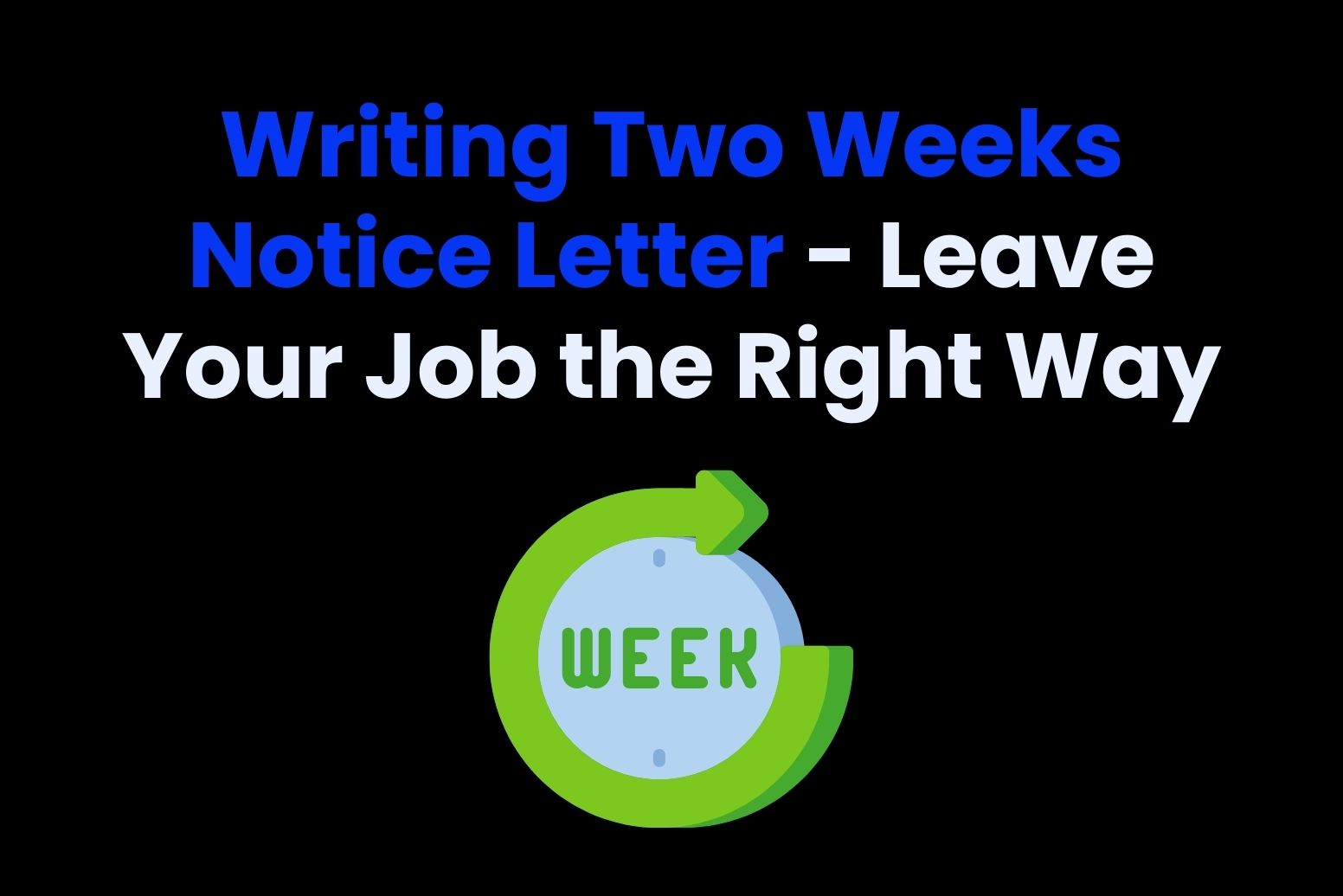We all love chatting and messaging 24/7. As a result of such intense communication, it’s easy for the tone of our words to get lost in translation. But there’s a great tool that’s come to our rescue: tone tags.
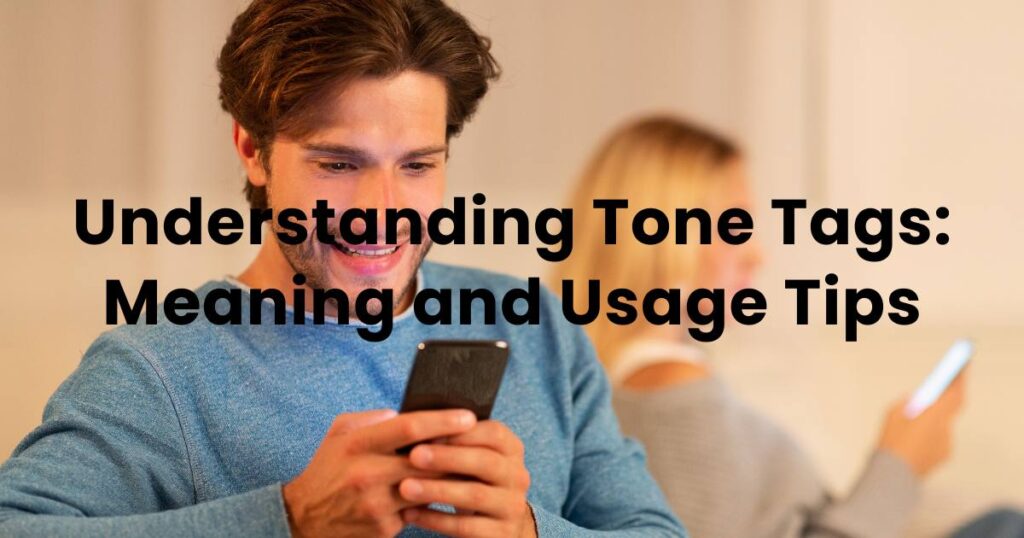
These little tags act like signposts, showing people the emotional vibe behind what we’re saying. They’re not just extra bits at the end; they help us understand what someone really means when words aren’t enough.
Tone tags have become a natural part of how we chat, since they clarify any confusion in a context where we can easily misinterpret each other.
They’re kind of behind-the-scenes assistants for our messages making sure our humor, sarcasm, or emotions come across straightforwardly. For that, we’ll show you what tone tags are and how to effectively use them online. Ready for solid communication?
What are tone tags? And why are they so important
It’s not a secret that, nowadays, we’re often talking through screens rather than in person. Unfortunately, sometimes that can make the true meaning behind our words get all mixed up. That’s where tone tags or tone indicators come in.
Just picture this: you send off what you think is a funny message, only for the other person to take it totally seriously.
Tone tags save us from such awkwardness by giving a heads-up about the mood of our words. A simple “/s” can turn a potential misunderstanding into a shared laugh, while a “/gen” tells the reader you’re speaking from the heart.
These tags are like guides through the emotional maze of our online chats, helping us understand each other better. With them, our virtual conversations become as clear and meaningful as talking face-to-face (or at least pretty close).
Truth be told, these tone tags make it easier to contextualize emotions online, making understanding one another way simpler.
Why do tone tags matter in online conversations?
Tone tags are incredibly valuable tools that serve an essential purpose, which is good communication.
That’s particularly true for individuals dealing with conditions like autism or dyslexia, or for those from different generations. Because understanding emotions or the meaning behind messages can be difficult for them, especially when it’s not clear in writing.
A brief history of tone tags and where they come from
Tone tags first appeared around 1580, thanks to Henry Denham. His idea was to create a way for people to better understand the subtle meanings in writing, especially when it came to things like sarcasm.
He came up with what he called the percontation point, which looked like a backward question mark, to mark rhetorical questions. But as time went on, it kind of faded away by the 1700s.
In today’s Internet, tone indicators are a big deal on places like Reddit, Tumblr, Twitter (now X), Instagram and 4Chan. They started there and quickly spread to other places like blogs and social media.
The journey of tone tags from Denham’s time to the Internet shows how language can adapt to new ways of communicating. In the digital age, these simple symbols are helpful signs, making sure we get our message across the way we want to.
Commonly used tone tags
Familiarizing yourself with commonly used tone indicators can greatly improve your digital interactions.
Here are some popular tone tags along with examples of their use:
- “/s” – Sarcasm: “Wow, you’re a real genius /s.”
- “/j” – Joking: “I’ll just swim across the ocean to be there on time, /j, no big deal.”
- “/f” – Fake: “I’m so excited for Monday morning meetings /f.”
- “/g” – Genuine: “Thank you for your kind words, I genuinely appreciate them. /g”
- “/t” – Teasing: “You’re such a smooth talker, /t, but nice try.”
- “/r” – Romantic: “I love you so much, I can’t wait to live by your side /r.”
- “/nm” – Not mad: “I’m just pointing out the flaws in your argument /nm.”
- “/p” – Platonic: “I value our friendship, /p, and I’m here for you no matter what.”
- “/pa” – Passive aggressive: “Sure, I’ll clean up your mess again, /pa, since it seems to be my job.”
- “/ly” – Lyrics: ” Hello darkness my old friend. I’ve come to talk with you again /ly.”
Do you want to know more? Here’s a list of the most common tone indicators for easy reference:
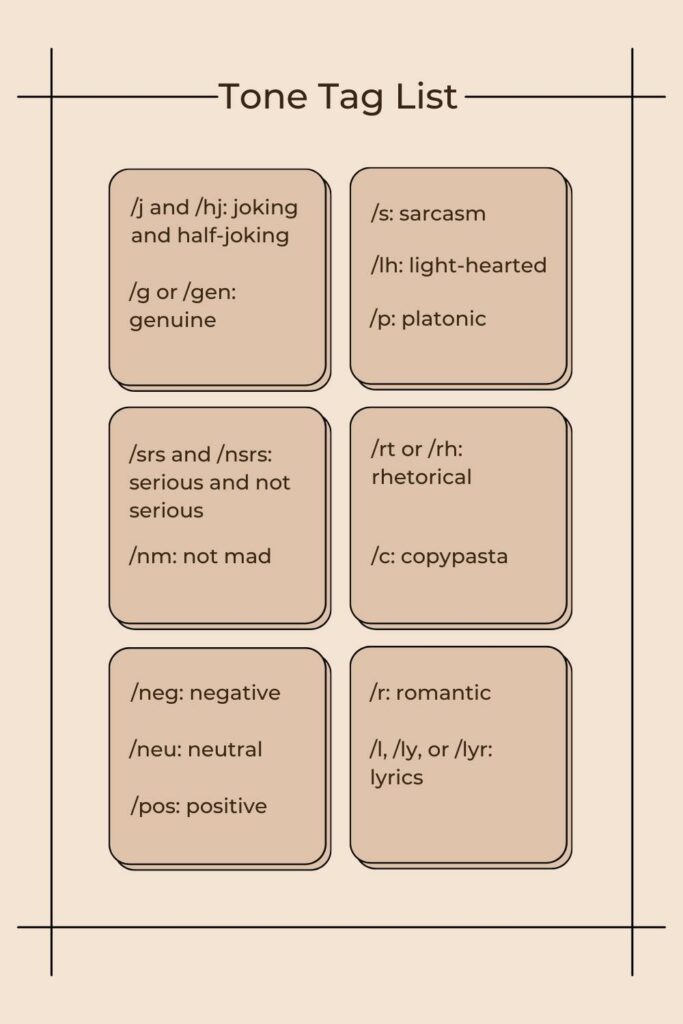
How to create tone tags automatically:
If you’re not sure about tone tags, it can get a bit puzzling. But don’t worry!
If you want to create tone tags automatically or learn how to do it well, you can check out AI tools like:
They make it easy to get the right tone for your content without any hassle!
How to use tone tags in the best way
Whether you’re talking to coworkers, clients, or your online friends, knowing how to use tone indicators can really up your communication game.
Check out these awesome tips to help you use tone tags in the best way possible:
1. Keep context in mind
When you’re using tone indicators, you need to take a good look at the context you’re in.
Think about these crucial points:
- Who are you chatting with?
- Where are you talking? (Are you in a meeting or just sending off a quick email?)
- What are you sharing?
Don’t forget, all these elements come into play in how you should use your tone tones to ensure people understand your message.
2. Choose appropriate tone tags
When you’re using tone indicators, it’s important to make smart choices. You need to pick the ones that truly reflect the vibe you’re aiming for.
Imagine using a tag that shouts “jokes” such as /j when you’re dead serious. That wouldn’t land well.
So, whether you’re going for humor, sarcasm, enthusiasm, or straight-up business, make sure your tone tags fit the mood you’re trying to get across. Because ultimately, you want your message to hit the mark.
3. Moderation is key
Now, let’s be clear, tone tags can definitely add some flavor to your communication. But here’s the deal: overdoing it can sometimes be “too much”.
It’s like dousing everything in hot sauce – it might work wonders on tacos, but you wouldn’t want it on your ice cream, would you?
So, save those tone indicators for when they truly matter. Keep them for those times when you really need to make a point or ensure your message is loud and clear. That way, when you do use them, they’ll have the right impact.
4. Clarify ambiguity when needed
If you’re feeling unsure about how your tone tags are coming across, don’t stress. Just take a moment to explain a bit further.
A quick clarification can really help clear up any confusion and ensure everyone’s on the same page. Believe us, a little clarity can go a long way in dodging misunderstandings and making sure your message nails it.
5. Adapt your tone indicators to your audience
As people, we all have our own unique perspectives shaped by our experiences, what we like, and how old we are.
So, when you’re using tone tags, take a moment to think about who you’re talking to. What clicks with one crowd might fall flat with another. Make sure your tone matches up with what your audience likes. That’s how you’ll really get yourself understood every time you share your ideas.
6. Stay authentic
At the end of the day, what really matters is just being true to who you are.
Your unique voice is what defines you, after all! So, when you’re using tone tags, make sure to keep it real. Whether you’re joking around, speaking your mind, or getting serious, staying genuine is the most important thing.
Conclusion
To wrap this up, learning about tone tags helps you communicate more effectively online. Knowing when to be sarcastic, sincere, or playful can make your interactions richer and avoid confusion.
Don’t stress if you’re still figuring it out. Tools like Arvin, a browser extension powered by GPT-4, are there to help.
With our extension, you can create text, translate easily, and even make images, making sure you’re ready for the changing world of online communication. So, don’t worry, Arvin has your back when it comes to tone tags!
FAQ
Can anyone use tone tags?
Absolutely! Tone tags are something everyone should use! They help make communication clearer and are just good manners online. However, it’s important to remember to use them in specific situations where they can make a big difference.
Are tone tags used differently across platforms?
The way people use tone tags might differ depending on which website are you using, but the main idea stays pretty much the same.
Why do we need tone tags?
Well, they’re super useful, especially for people who might struggle with picking up on the tone of written content, like those who are neurodivergent. Plus, they really cut down on misunderstandings, especially in places like social media!

